[ad_1]
Autumn foliage falls in heaps as deciduous timber and shrubs put collectively for winter. Within the occasion you dwell shut to those timber, your yard may be full of fallen, dry leaves! A easy resolution to course of them is to make compost. It’s a nutrient and microbe-rich modification that helps soils and vegetation thrive.
Autumn is the right time to start a compost pile. The leaf litter creates an unlimited provide of raw particles which you’ll mix with grass clippings, yard waste, or kitchen scraps. Autumn is good on account of piles need fixed moisture, delicate temperatures, and sunshine. The season has these traits, making the decomposition course of simple and easy.
Whether or not or not you’ll have considerably or loads of leaves, you’ll must recycle them in a implies that helps your native environment. Composting is good because you upcycle the leaves and create a free soil modification that helps species develop in the end. You’ll clear up your yard and help the earth in a single fell swoop!
So, the question nonetheless begs asking. Do fall leaves make good compost? Let’s uncover out.
The Fast Reply
Fall leaves make wonderful compost! They solely need totally different provides to mix with and create a balanced, healthful modification. Within the occasion you make a pile of leaves with no totally different provides, you’ll create leaf mildew. It’s a carbon-rich soil helpful useful resource that mimics compost nonetheless lacks extreme portions of nitrogen. It’s further useful as a mulch barely than for fertilizing tender, annual crops.
Whether or not or not you identify on creating compost or leaf mildew, you’ll be able to achieve this understanding you’re altering pure matter into on the market plant nutritional vitamins. You’ll help your yard and the native environment whilst you maintain leaf litter in your yard.
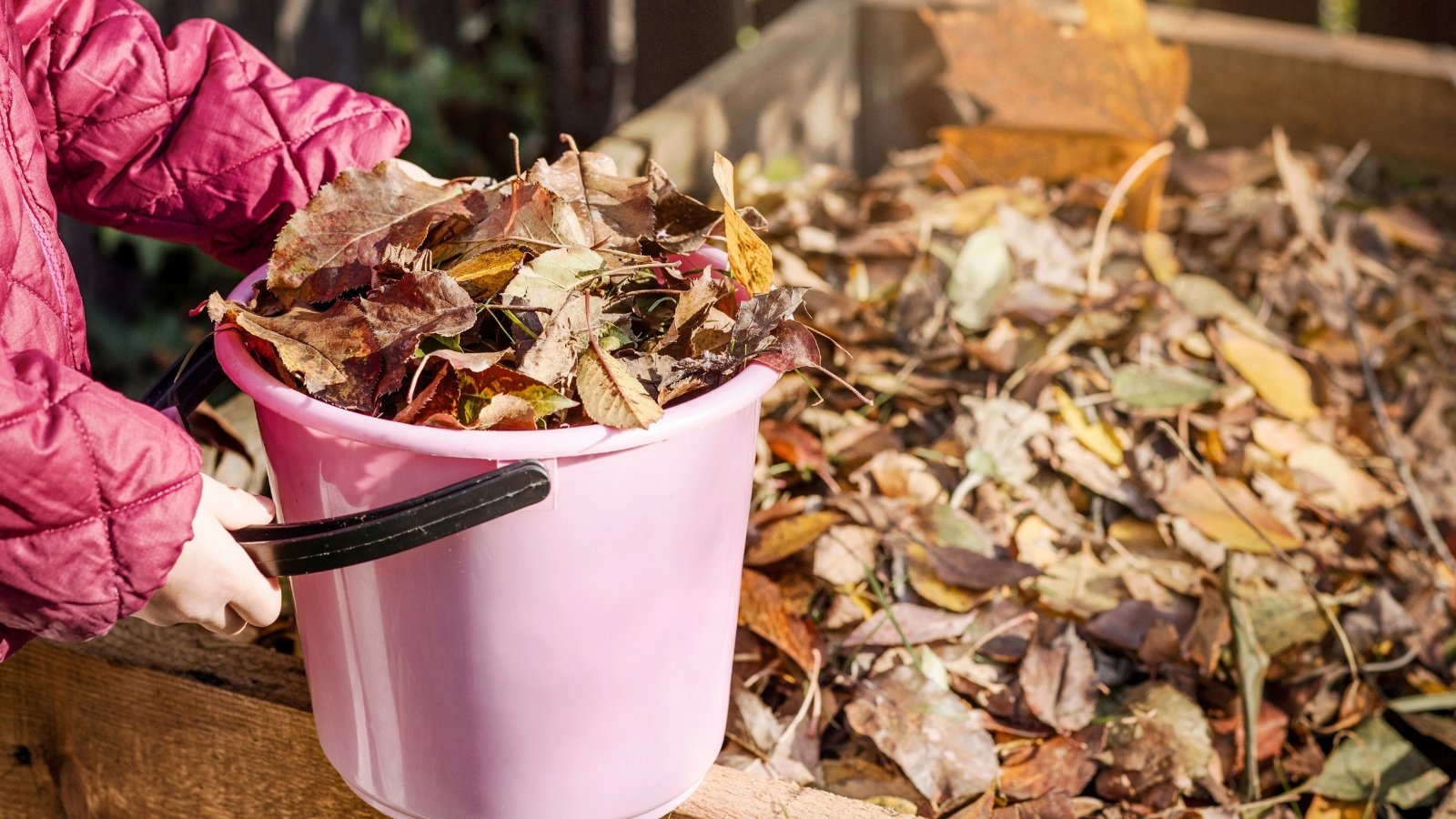

Leaves make a good addition to compost piles, nonetheless you’ll need totally different particles to steadiness them out. Gather your waste and put together to point out it into black, crumbly, humus-rich compost!
Steadiness Browns and Greens
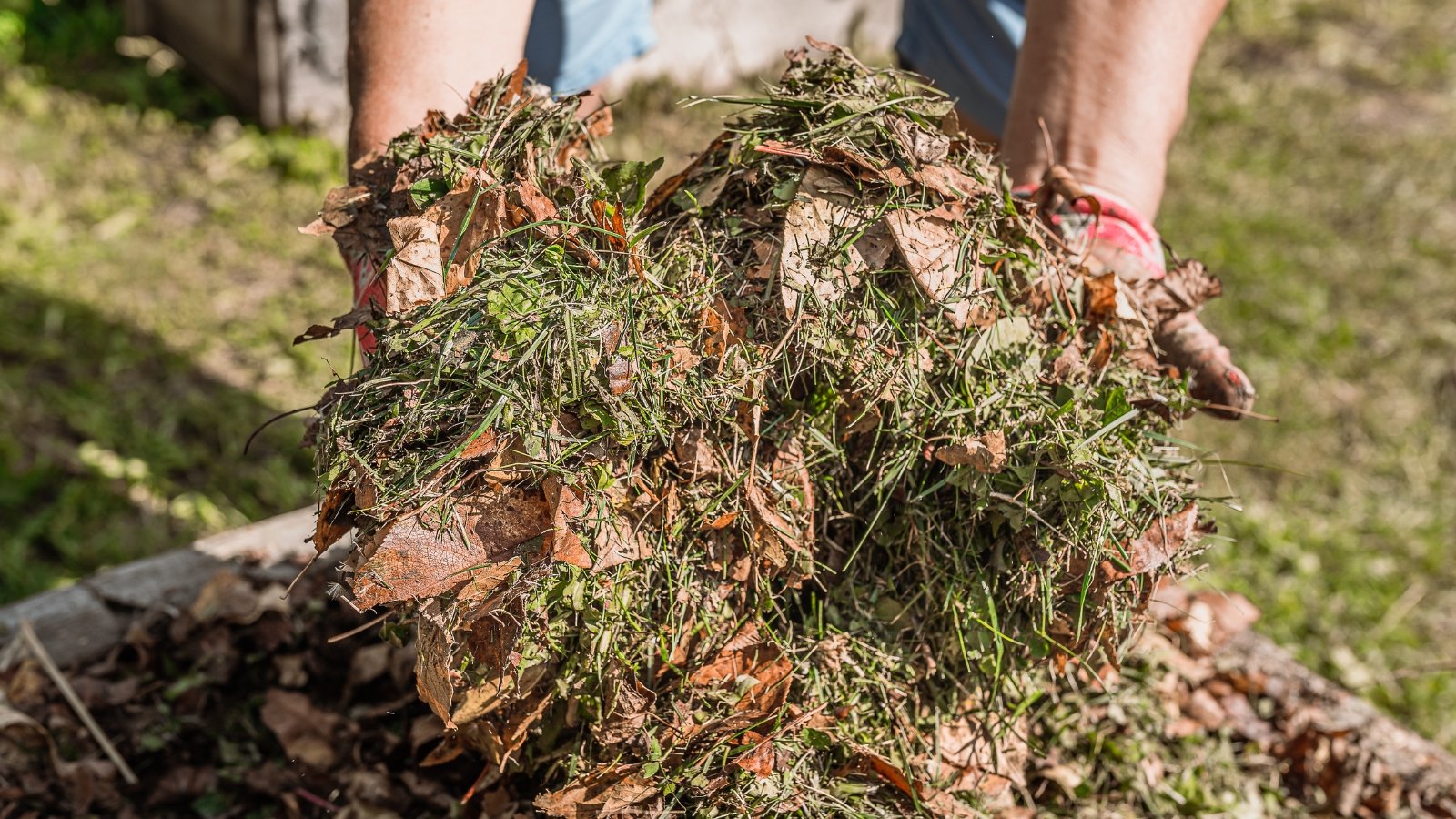

Good compost has a healthful combination of greens and browns. These two phrases signify varied sorts of particles; greens are fleshy, nitrogen-rich pure matter, whereas browns are dry, carbon-rich provides. A ratio of 30 components carbon to 1 half nitrogen by weight creates the easiest final product with little factors.
Receive 30:1 carbon-to-nitrogen weight ratios by together with one shovelful of greens and two or three shovelfuls of browns. This ensures an accurate steadiness of every provides so the pile decays with out unhealthy smells or attracting pests and rodents. Because of fleshy greens weigh further, you’ll need fewer scoops than light, waterless brown provides.
Fall leaves are brown provides—they embody loads of carbon and little nitrogen, amongst totally different micronutrients. Brown provides are points like straw, fall particles, and chemical-free paper or cardboard. To steadiness them in compost, you’ll need some kitchen scraps or grass clippings to mix in. Totally different inexperienced provides embody manure, alfalfa meal, and occasional scraps.
Chop Them Up
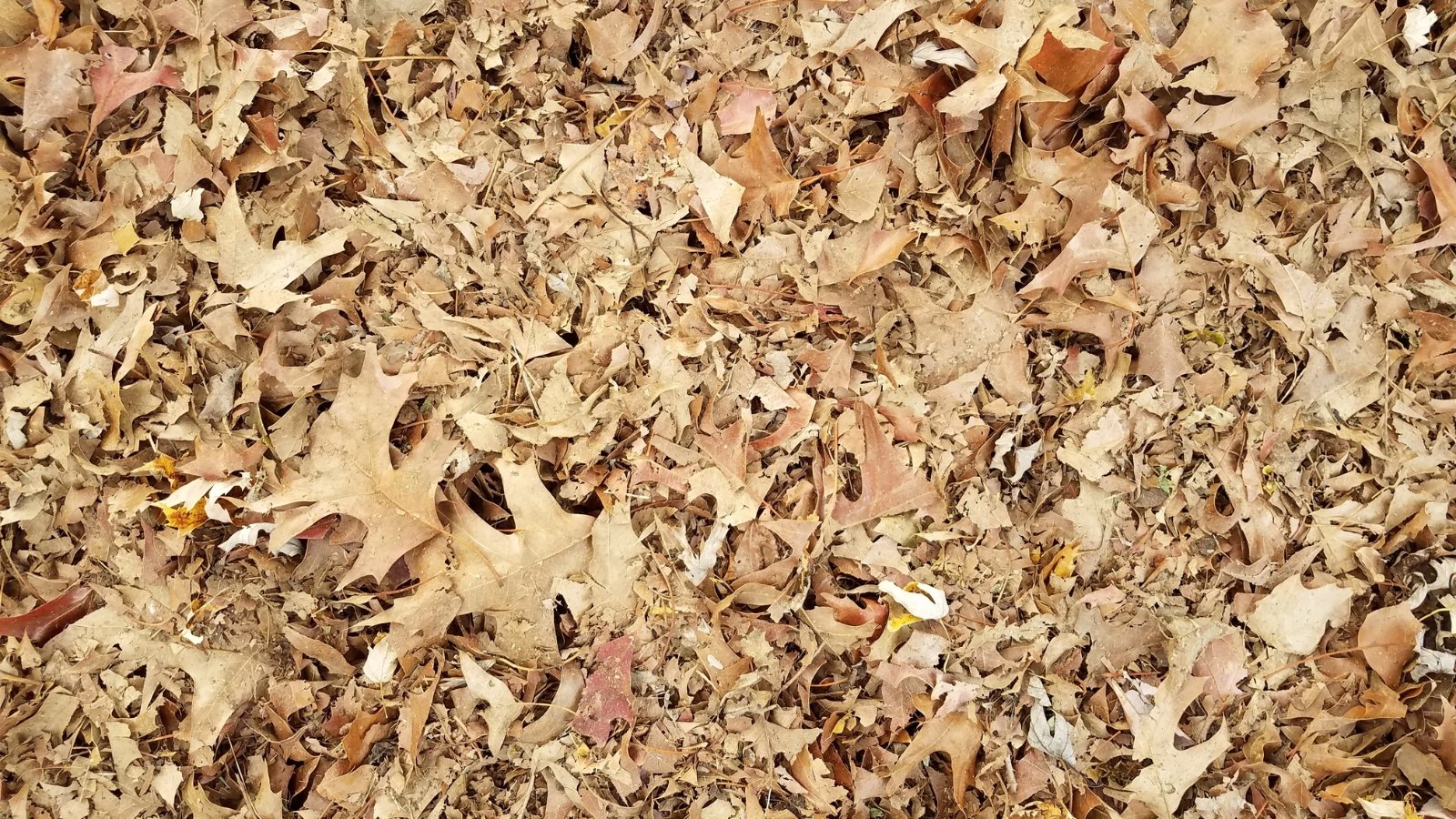

Autumn local weather may be moist, chilly, and moist. These conditions set off excessive wetness in your piles, making them soggy messes. That’s worse when leaves are full-size. Their surfaces cling to at least one one other, forming sturdy numerous decaying particles.
Velocity up the decomposition course of and forestall clumping by chopping the residues into small objects sooner than together with them to the piles. The smaller measurement helps them come into contact with further decaying organisms and worms and prevents clumps from slowing down decomposition.
Some devices help make the chopping course of a lot much less time-consuming. Once you’ve received a backyard, keep in mind scattering the leaves over it and mowing them up with a mulch plug. Your backyard mower chops up the leaves and locations them proper right into a bag, doing lots of the be simply best for you! Totally different strategies include using pruners, rakes, or shovels to interrupt and chop large objects into smaller ones.
Compost Has Desires
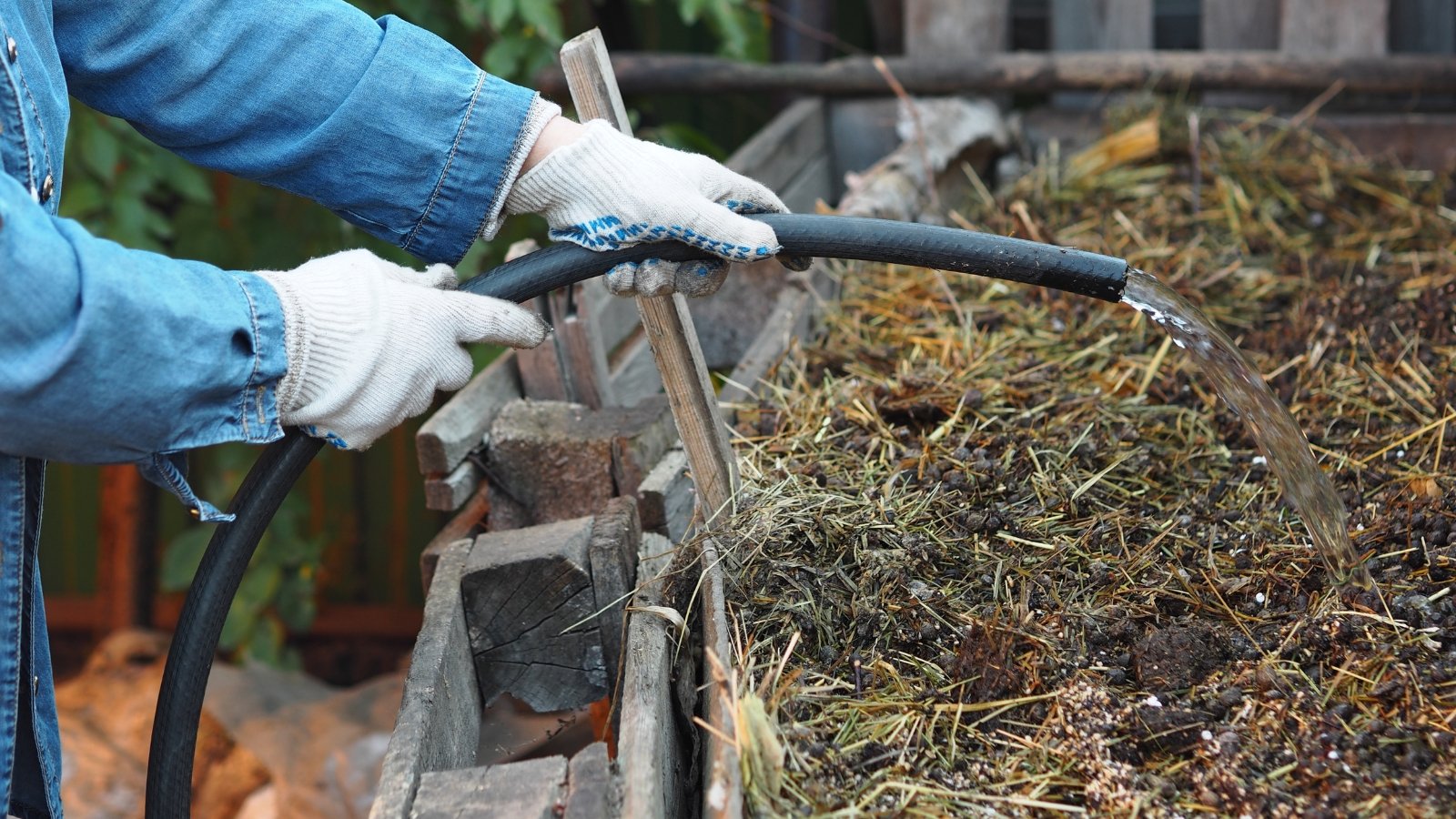

Once you make a pile some duties help maintain it in tip-top kind. Piles need three points to work: air, water, and an accurate steadiness of browns and greens. Piles may bear and start smelling rotten with out one amongst these three components! They be certain that the microbes, worms, and larvae maintain content material materials and work to defeat illnesses and weeds.
For appropriate water ratios, assure your piles have 50% moisture. Seize a clump of your compost and squish it—it ought to actually really feel like a wrung-out sponge. You want it to be moist nonetheless not soggy. The decaying organisms acknowledge delicate ambient temperatures, and they also’ll go dormant as laborious frosts develop further frequent in winter. Fall has excellent, cool temperatures that allow the microbes to work with out drying out or getting too scorching.
The final word key to success is popping! Turning is a technique of rotating composting provides so further air can attain them. A pitchfork is the easiest instrument for this observe, although shovels, rakes, and hoes can work as an alternative.
Start by stabbing your pile with the instrument, then elevate and rotate the particles. Go spherical your pile and try this on every aspect to be sure you don’t miss any spots. Use a rake on the end to rearrange the waste so it makes a neat, tidy pile. Flip daily or every totally different day for heat compost and as quickly as a month or further for cold compost.
Make Leaf Mildew In its place
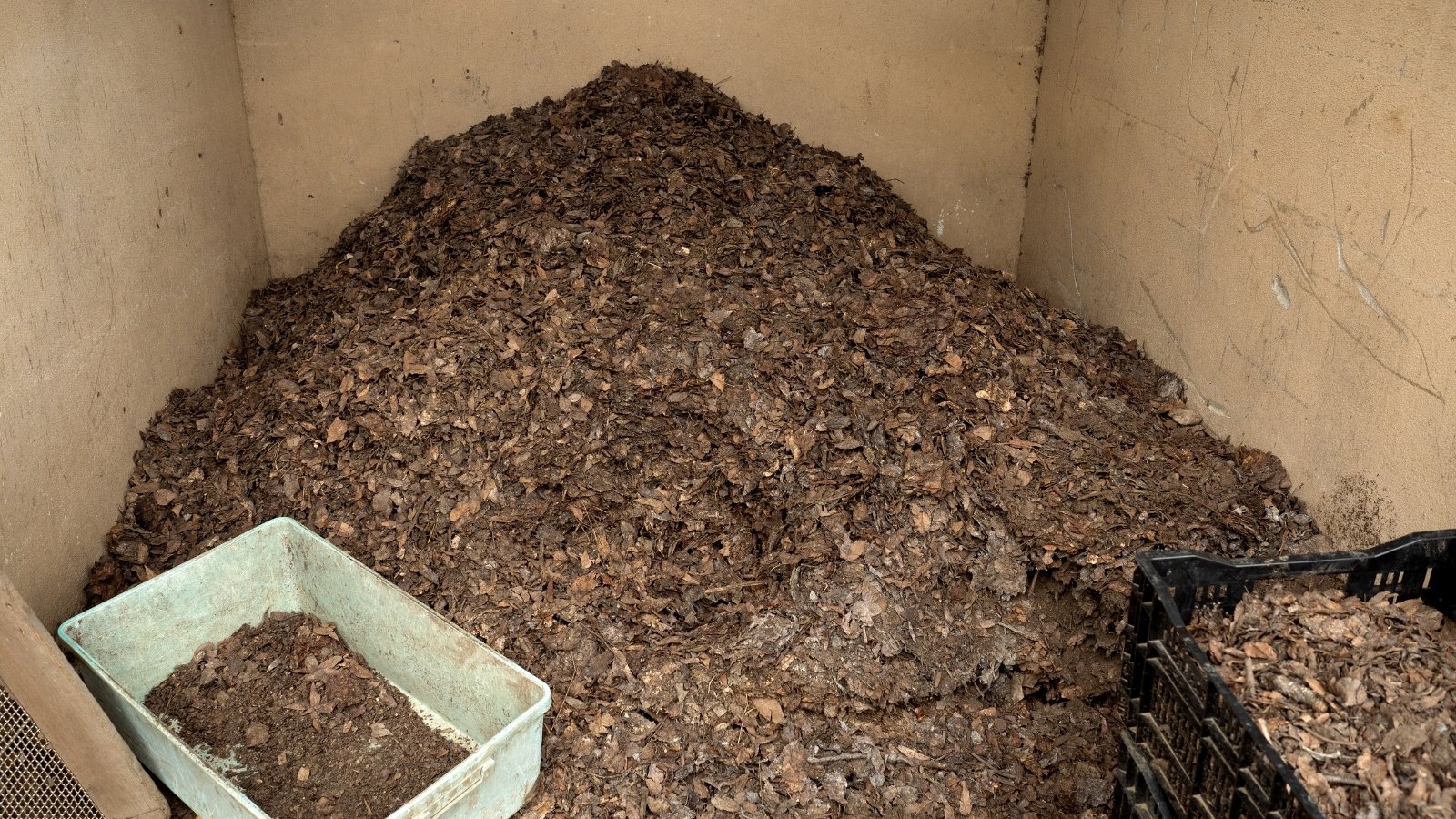

Leaf mildew makes use of an equivalent course of as compost nonetheless it’s absolutely leaves! It’s the correct modification to make in autumn in case you lack inexperienced waste. Although it requires a lot much less inputs than compost, it takes longer to decay completely and most piles obtained’t be ready until spring. The final word product is unquestionably well worth the wait—it’s black, earthy smelling, and full of nutritional vitamins for vegetation.
To make leaf mildew, stack a pile of chopped leaves three ft tall and big. I like together with small twigs into the piles, as they help create development and facilitate good airflow. They’re rich in carbon, like a leaf, nonetheless they will decelerate the decomposition course of. Solely add a variety of to help separate the moist leaf layers, and steer clear of overloading the piles with picket.
Deal with leaf mildew by turning, watering, and feeding your piles as compulsory. Leaf mildew needs turning as quickly as each week or further to help tempo up its breakdown. Every time you flip, you introduce waste to new microbes and worms that voraciously feast on it.
Water the piles so that they’re 50% moist like a wrung-out sponge. You’ll have ready leaf mildew in three months or longer—the additional sometimes you flip it the sooner it breaks down.
How To Use Compost and Leaf Mildew
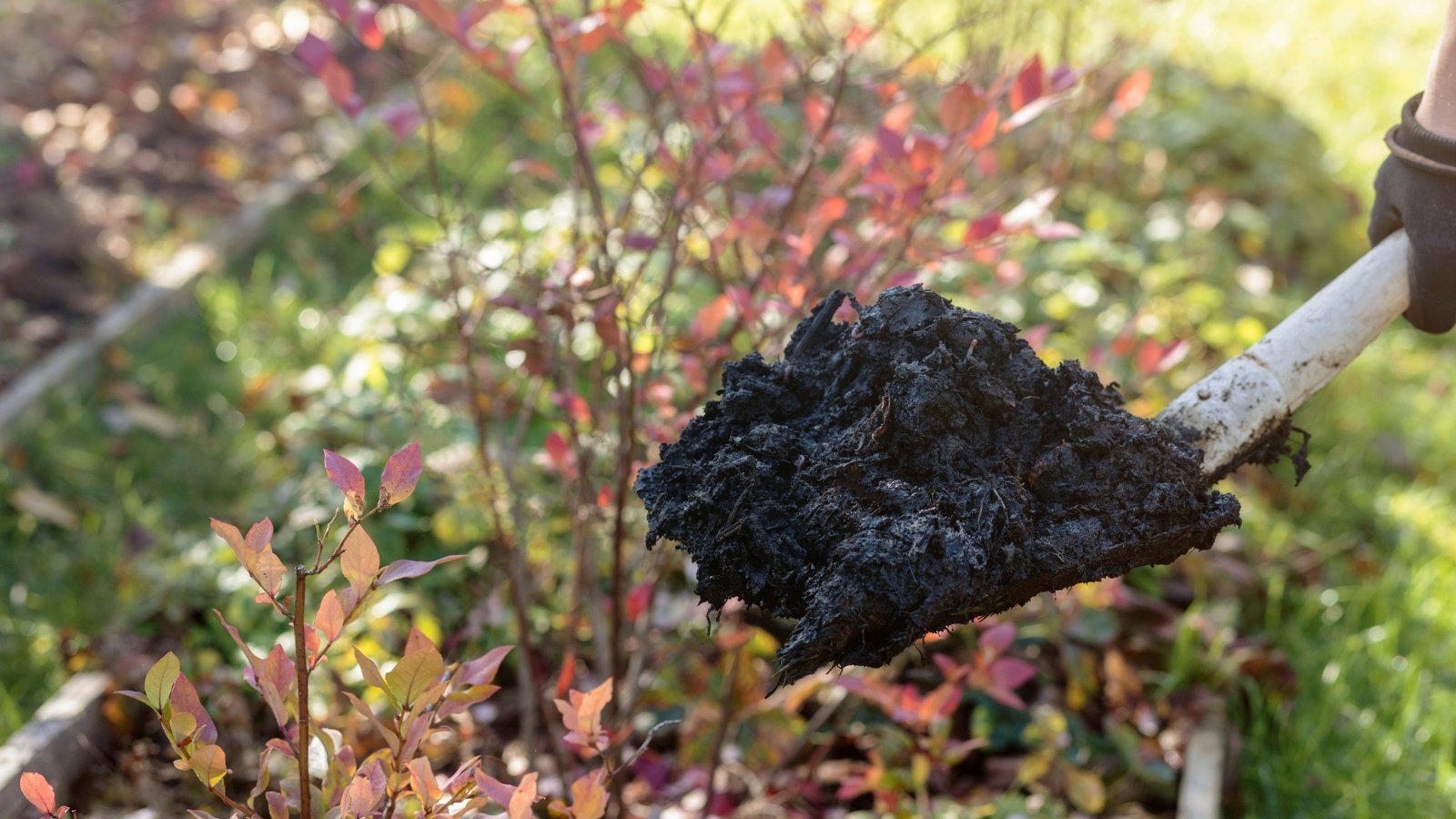

Compost and leaf mildew help positive vegetation better than others, although you probably can use every on any plant species. Compost has further nitrogen in it, which causes extreme ranges of bacterial train. Annual and perennial vegetation with loads of vegetative tissue acknowledge nitrogen and micro organism of their soils, making compost an outstanding modification for these species.
Leaf mildew is totally totally different; it is made absolutely of fallen tree foliage, which suggests it has loads of carbon and little nitrogen. Fungi acknowledge decaying carbon sources, and they also’re further energetic the place it’s present in extreme portions. Leaf mildew benefits these fungi, and fungi help woody timber, shrubs, and perennials thrive.
Lately, soil scientists are uncovering an entire universe beneath the underside. Analysis present the very good and very important qualities of the fungi, micro organism, and archaea that sort partnerships with vegetation. They dwell below us in silence, collaborating in a secret place in practically every pure course of in our environments.
Mycorrhizae sort partnerships with plant roots and create an underground fungal group for sustaining forests. They break down nutritional vitamins and feed them to vegetation in alternate for sugars. You must use these pure partnerships to your revenue by together with compost or leaf mildew the place they revenue your vegetation most.
Totally different Strategies To Upcycle Fall Particles
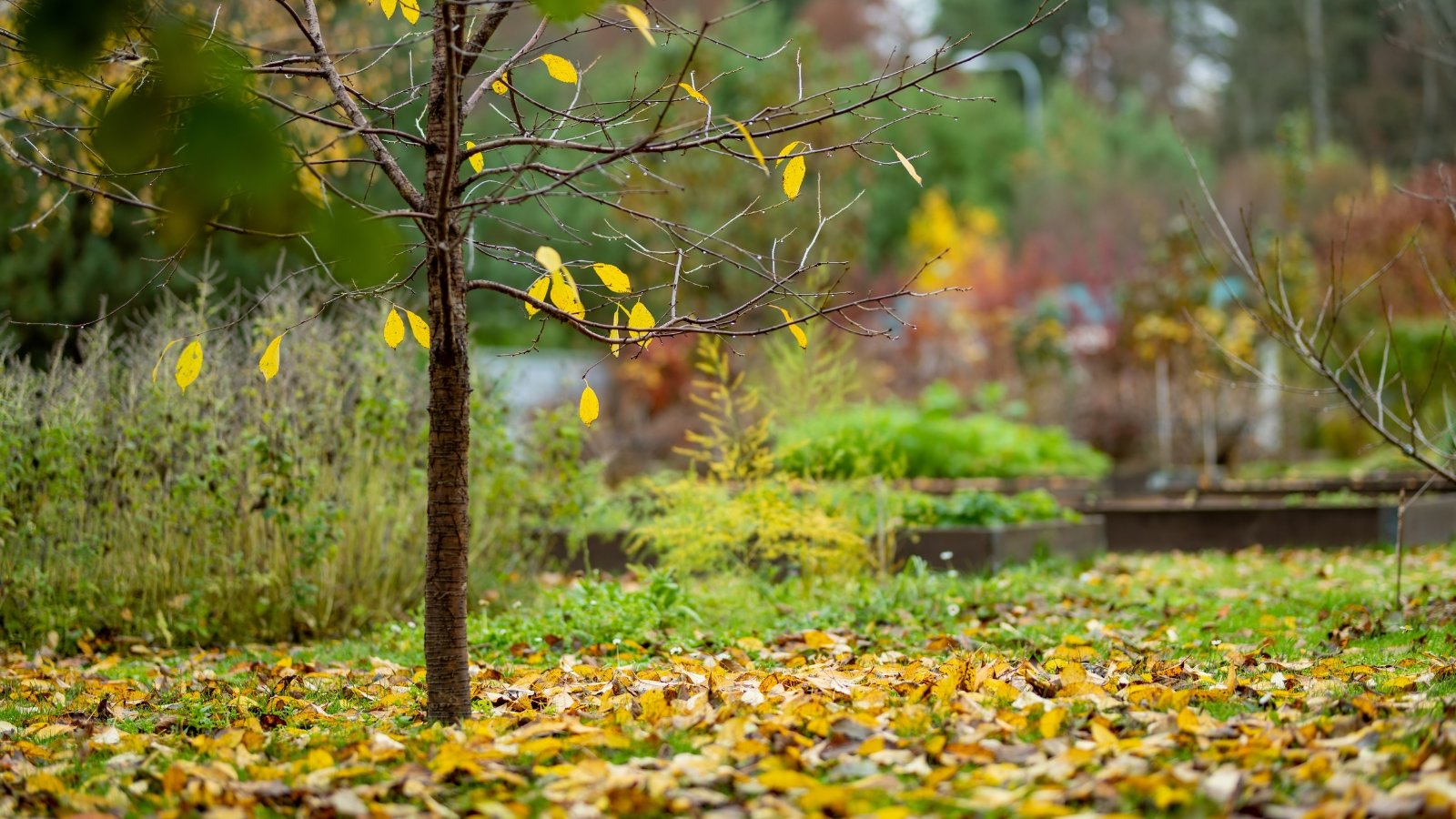

Once you’ve received too many piles already, you is more likely to be questioning if there are each different strategies to recycle your fall particles. There are! They’ll decay on their very personal with none interference as they do in nature. When timber dump their canopies, they drop them onto the forest floor. The thick, decaying layer gives nutritional vitamins, microbes, and worms to the soil as a result of it breaks down.
You can simulate this in your yard by leaving the leaves the place they fall. Within the occasion that they fall in your backyard, use a backyard mower with a mulch plug to chop them into the soil. Within the occasion that they fall in your vegetation, rake them over the soil’s ground so that they cowl vegetation’ root zones.
Cowl wherever there could also be bare soil with leaves sooner than winter. They’ll insulate the underside and decay in spring as warmth temperatures arrive. The place winters are delicate they’ll decay all by the chilly season and type ready soil by spring.
One different ingenious means to utilize them is to make paintings! Dry and press them for beautiful autumn collages, or use them as prints for illustrations. They add a contact of the surface to paintings canvases, bringing a manner of the yard into our worthwhile properties.
[ad_2]
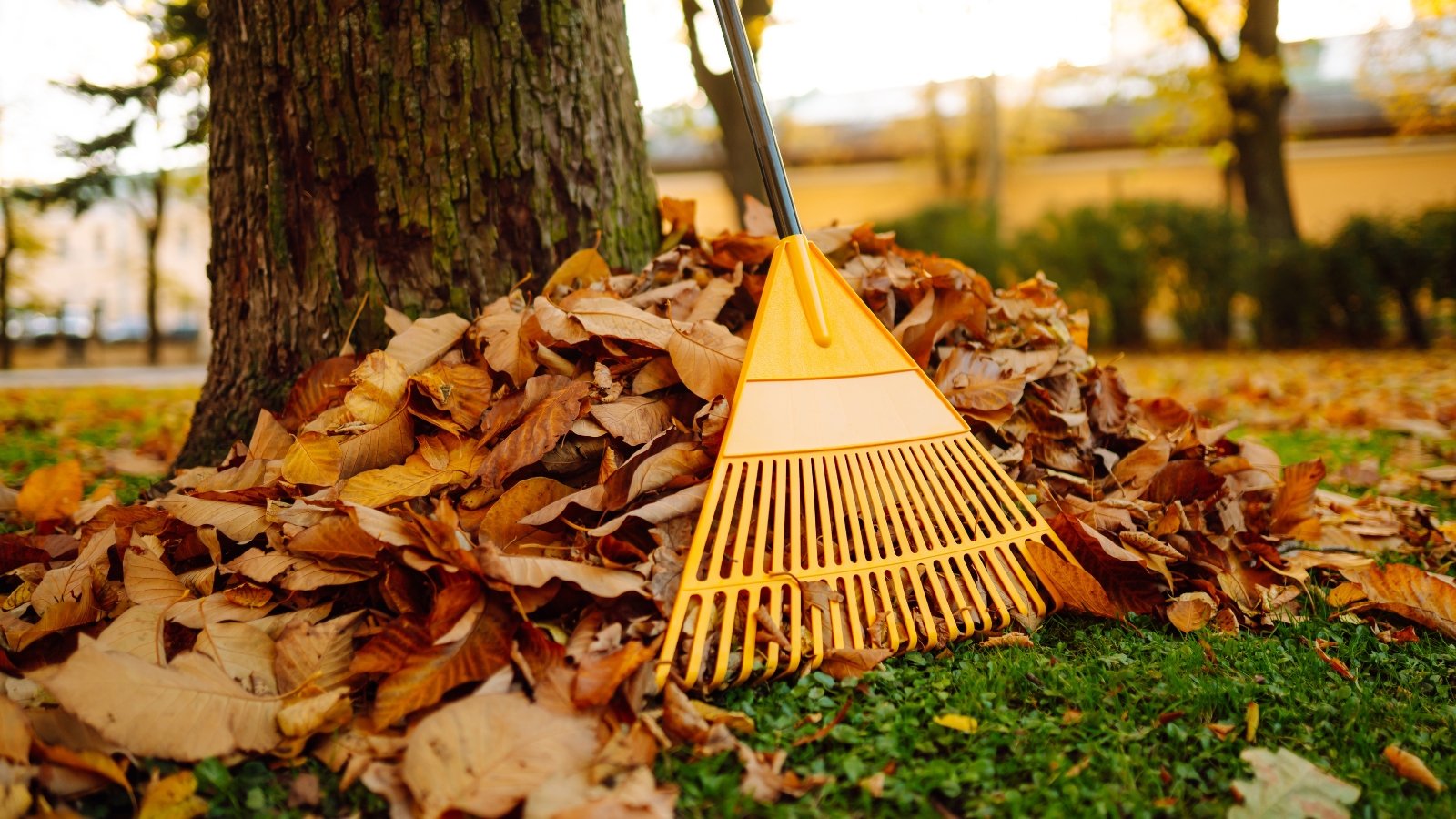
I appreciate the emphasis on moisture levels within compost piles. Ensuring a proper balance is essential for decomposition, and it’s something that often gets overlooked by beginners. This article serves as a great reminder.
I found the section on leaf mold particularly insightful. It’s good to know that even without green waste, one can still create something useful with just fallen leaves. I will definitely try this method in my garden.
The idea of leaving fallen leaves where they fall or using them as mulch is quite practical. This method promotes natural decay and benefits the soil over time, which aligns well with sustainable gardening practices.
The tips on balancing browns and greens in compost are quite helpful. It’s crucial for anyone starting out with composting to understand these basics. I believe following these guidelines will yield great results in my backyard.
The article provides a thorough overview of composting fall leaves. I appreciate the clear explanation of the carbon-to-nitrogen ratio needed for successful composting. It’s interesting to see how beneficial autumn leaves can be for gardening.